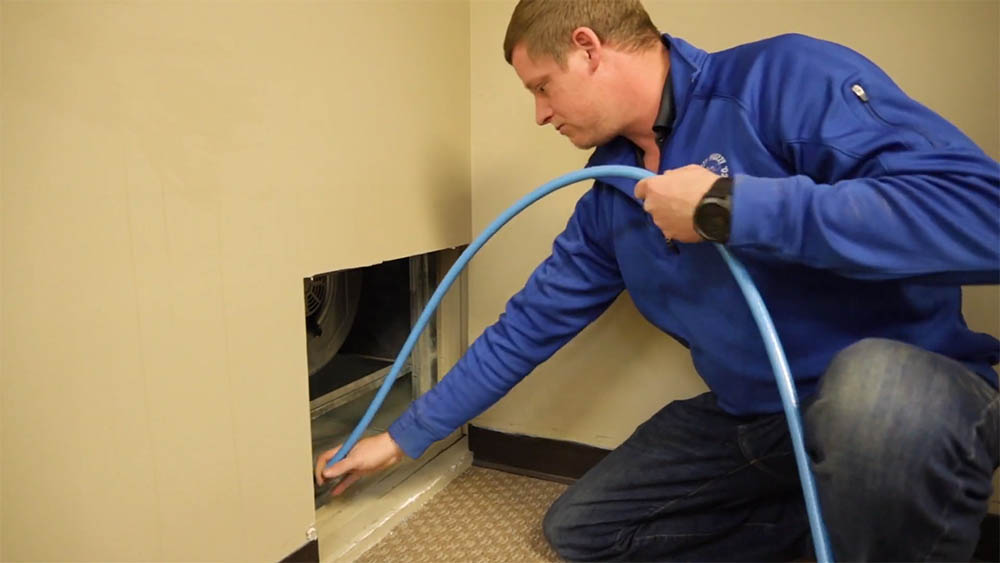The working of HVAC systems is crucial to understand for homeowners and business owners alike. Have you ever wondered, where does return air go in HVAC system? Understanding this aspect can greatly enhance your knowledge and maintenance practices.

What Is Return Air?
Return air is the air that gets recirculated back into your HVAC system after it has been filtered. This is a critical part of the HVAC operation, ensuring energy efficiency and air quality. Return air impacts both the comfort and health of your indoor environment.

Role of Return Air in HVAC Systems
Return air’s primary role is to maintain a balanced internal environment by steering used air back into the HVAC unit for reconditioning. This not only provides cleaner air but also significantly improves energy efficiency.
How Return Air Flows Through the HVAC System
The return air ducts collect the cool or warm air from various rooms and redirect it to the HVAC unit. Here, the air gets treated before being circulated back into the spaces.
Components Involved in Return Air Handling
Several components help in handling return air effectively. These include return air grilles, filters, and ducts. Each part plays a vital role in ensuring the air is adequately collected, filtered, and returned to the HVAC unit.

Importance of Proper Return Air Flow
A well-maintained return air system can significantly affect the efficiency and longevity of your HVAC system. Proper airflow ensures balanced pressure, reducing the strain on HVAC components and thereby prolonging their lifespan.
Consequences of Poor Return Air Flow
Poor return air flow can lead to several problems, including increased energy bills, uneven room temperatures, and higher maintenance costs. It can even cause HVAC systems to work harder, leading to premature failure.
Steps to Ensure Efficient Return Air Flow
Here are some steps to ensure efficient return air flow:
- Regularly clean and maintain air filters.
- Check for any obstructions in the return air grilles.
- Ensure that the ducts are leak-free.
- Schedule periodic professional inspections.
Benefits of Proper Return Air Management
Proper return air management offers numerous benefits, such as improved air quality, reduced energy bills, and increased lifespan of your HVAC unit. It also provides a more comfortable indoor environment.
Case Study: Improved Air Quality
Many homeowners who pay attention to their return air flow notice significantly better air quality in their homes. Cleaner air leads to fewer health problems and a more comfortable living environment.
Common Myths about Return Air
There are several myths associated with return air. One common misconception is that more return air grilles always mean better performance. However, the placement and maintenance of grilles are far more critical.
Troubleshooting Return Air Issues
If you notice issues with return air, such as strange noises or reduced airflow, it’s crucial to troubleshoot these problems immediately. Ignoring them can lead to more significant issues down the line.
Professional Help for Return Air Problems
For complex issues, it’s always best to seek professional help. HVAC technicians can quickly diagnose and solve return air problems, ensuring your system operates efficiently.
Conclusion
Understanding where does return air go in HVAC system is crucial for maintaining a healthy and efficient HVAC system. Proper management can lead to a more comfortable and cost-effective indoor environment.
FAQ
Q: How often should return air filters be changed?
A: Return air filters should be changed every 1-3 months.
Q: What are the signs of poor return air flow?
A: Signs include increased energy bills, uneven room temperatures, and unusual noises.
Q: Can I fix return air issues myself?
A: Simple issues like cleaning filters can be handled by homeowners. For complex problems, it’s best to seek professional help.